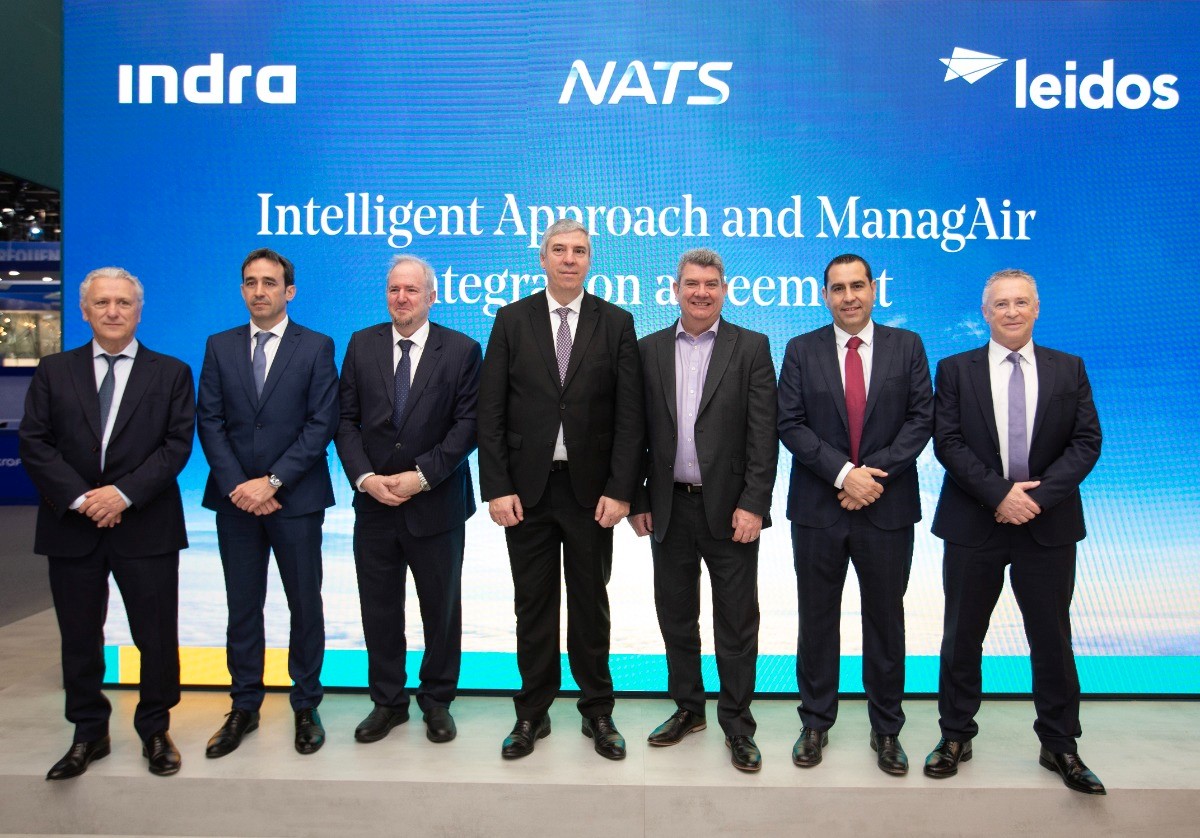INDRA to implement its Air Traffic Management Technology at two Lithuanian Airports
The multinational will equip the Palanga and Siauliai control towers with its automated ATM system

Indra has been awarded two contracts to implement its automated air traffic management system at the Palanga and Siauliai airports to cover the Approach and Tower (APP/TWR) services. The first of these contracts has been signed with the air navigation services provider Oro Navigacija and the second with the Ministry of National Defence of Lithuania, as it is for a joint-use airport (civil and military).
These projects have strengthened the company's position as the main provider of air traffic management (ATM) systems in Lithuania. In the past it has deployed the country's radar surveillance network and recently it has completed the implementation of the advanced surface movement guidance and control system (A-SMGCS) at Vilnius airport.
The automated air traffic management system provides advanced recording and playback functions and automated short-term conflict alerts (safety nets) and acts as an interface between the various systems and the air traffic controller, providing him with the relevant information.
This solution is capable of processing and relating data from various sources, such as flight plans, messaging related to environmental conditions and various radar sensors, which provide surveillance and meteorological information. It also processes coordination data with adjacent control centres, helping to plan and order the traffic that will enter the area of responsibility of the controller in advance. All this optimises management and increases the number of flights the professional can manage.
Its operational functionality is designed and configured to carry out all the on-line and off-line processes necessary for the operational environment of the Approach Control (APP) and Tower Control (TWR) units.
Indra will incorporate a digital or “stripless” environment into the system it will implement at Palanga and Siauliai in order to dispense with the traditional control method of paper strips with information about each flight. It will also adapt it to the latest ICAO standards on Flight Plans (FP 2012), which will enable it to deal with aircraft with the most advanced technology.
One of the most significant features of AirCon is that all the hardware and software elements are dual and redundant in order to assure maximum availability.
Indra is the leader in the development of advanced technologies for ATM centres, including the use of four-dimensional trajectories for the calculation and monitoring of flight plans. Proof of its experience in this field is its selection by EUROCONTROL and the European Union as a technology partner in the Single European Sky ATM Research programme (SESAR).
Airspace safety
Given the constant increase in air traffic in Europe it is necessary to adapt its infrastructure to enable a greater frequency of landings and takeoffs. Accordingly, the Lithuanian authorities are strengthening the activity of the Palanga and Siauliai international airports and modernising their facilities.
The new projects commissioned to Indra have strengthened the relationship it has maintained since 2007 with S.E. Oro Navigacija as a technology provider. The company had previously implemented its secondary Mode-S (MSSR) stations at Vilnius, Kaunas and Palanga. This systems form the backbone of the network of radar stations that control the country's airspace. They work together with the existing primary surveillance radars (PSR). It also implemented an A-SMGCS system at Vilnius airport that has surface and multilateration radar sensors (MLAT and SMR).



.png)

.jpg)



Comments
There are no comments yet for this item
Join the discussion